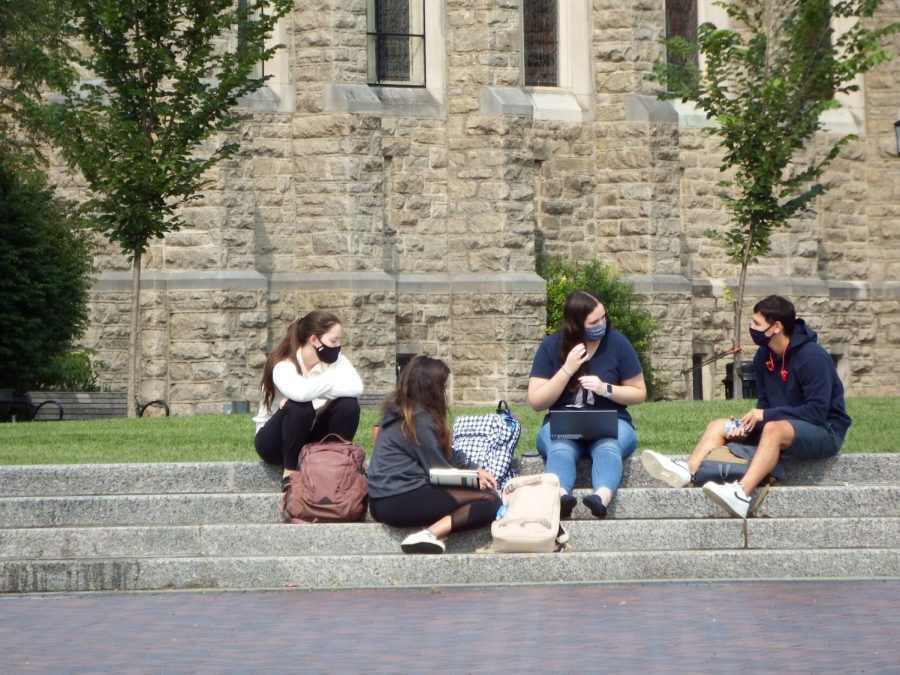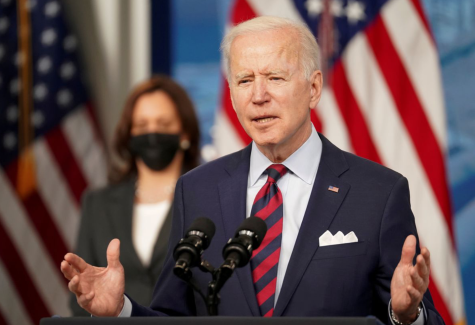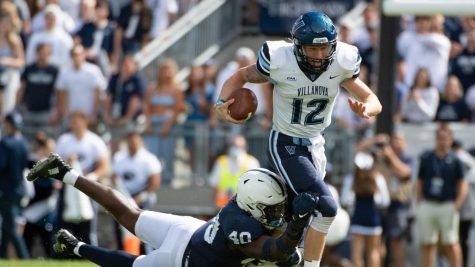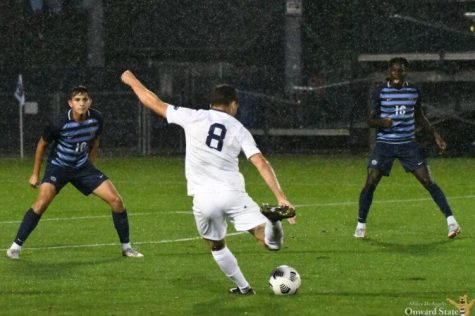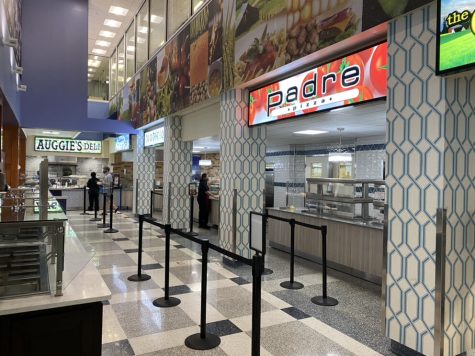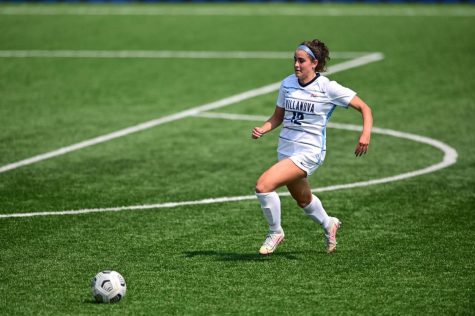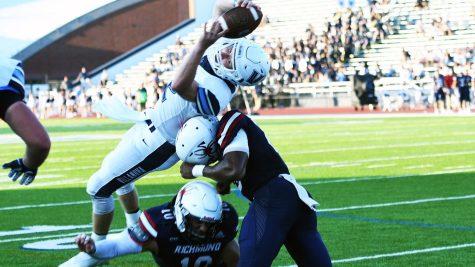University Offers First Working Break
Working Breaks were designed to give students a rest from work, while staying on schedule to complete the semester.
February 24, 2021
The 2020 fall semester was unprecedented and a learning experience for all. After listening to student feedback about last semester, the University made changes and implemented new ideas for the spring. One of them is student “working breaks,” University mandated pauses from academic assessments.
In an email on Jan. 21, University President Rev. Peter M. Donohue, O.S.A, Ph.D. said that the University heard its students and discovered that one of the areas to improve upon for the spring was “the importance and necessity of mental health breaks throughout the semester.”
Without the University’s typical fall break in 2020, students had no real pause on work or stress. As a result, students were run down and struggling. Since there is no 2021 spring break and the Easter recess is abbreviated, the situation may have persisted without the addition of the “working breaks.”
“To help alleviate some stress we have added working breaks for students where for a period of time no assignments, exams, or papers are due,” Randy D. Weinstein, Associate Vice Provost for Teaching and Learning, wrote in an email to the student body.
Two sets of these breaks were added into the spring semester calendar. The first was Wednesday Feb. 17 and Thursday Feb. 18, and the second will be Tuesday March 16 and Wednesday March 17.
“These are mandatory for all undergraduate courses and recommended for all graduate courses,” Weinstein said.
During the working breaks, students still must attend class. However, for the first break, some professors decided to provide a complete recess and cancel their sessions.
“I was pleased that we incorporated working breaks into the spring calendar because they were adopted in response to student feedback,” Dean of Students and Assistant Vice President Tom DeMarco said. “Whether students use the time to catch up, get ahead or just relax, it is a great opportunity for everyone to engage in self-care.”
Many students were grateful for the first break and the change of pace that it brought.
“Professors got creative with the working break, which is something that I really appreciated,” junior Ashley Stamboulian said. “Without major assignments being scheduled on these days, there were opportunities to have guest lectures and in-class activities. It proved to be a valuable respite.”
However, the first working break was not a completely positive experience for everyone.
“I’m a big proponent of taking breaks and avoiding burnout, so I think this was a good idea,” Professor Juanita Weaver said. “The challenge is that we have been trained not to stop, so we all have to actually intentionally embrace the pause, which from what I heard wasn’t always the situation on the part of both professors and students. Professors have to lead by example.”
Most people are in agreement that the ‘working break’ idea is a good one. The frustration comes in when professors do not honor the intent of the days. Some professors just changed around the syllabus to increase the number of assignments due on other days.
“I completely agree with the University that a break of some kind is both necessary and important for Villanova students,” sophomore Kirsten Damore said. “However, I do not believe that the working break was taken as seriously as it should have been by some professors. Many professors still posted asynchronous lectures and assigned work for Friday, forcing us to dedicate our working break to doing work, defeating the purpose.”
The second and final working break of the semester is scheduled for March 16 and 17.

